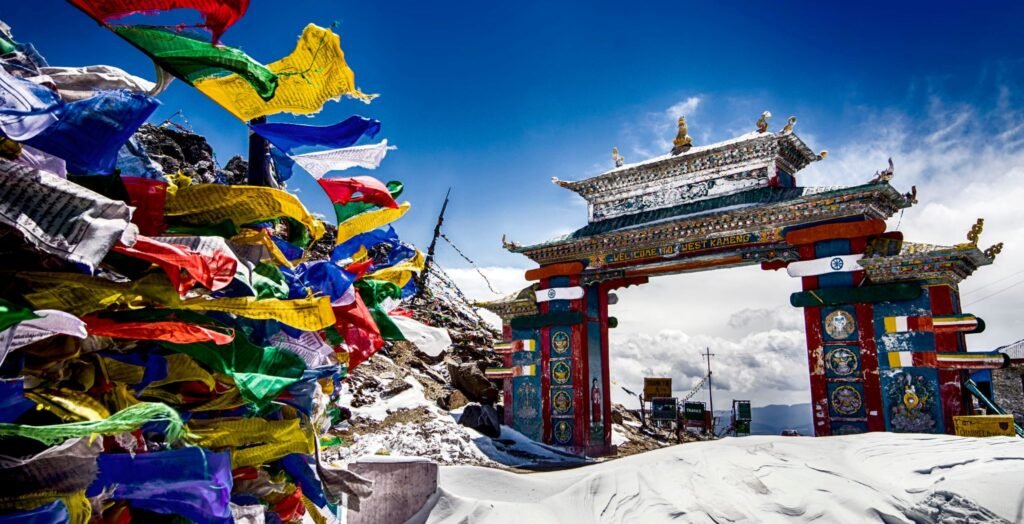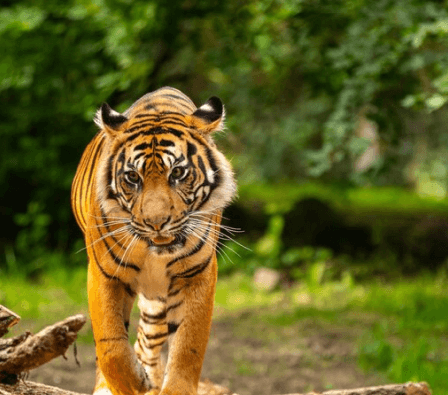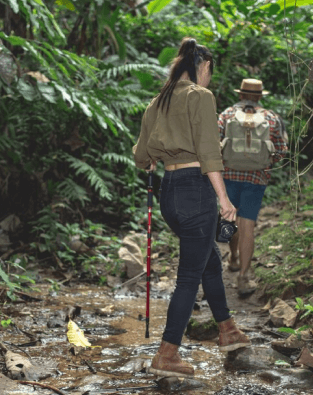Arunachal Pradesh’s Tawang Valley, located in the country’s easternmost region, is a lesser-known but still stunning destination.
This charming town, situated at a remarkable 10,000 feet above sea level, offers the ideal combination of Tibetan Buddhist culture, breathtaking Himalayan landscapes, and an overwhelming sense of tranquillity.
From sparkling lakes to majestic snow-capped mountains, Tawang possesses a distinct charm that captivates every visitor.
Tawang Valley offers something for everyone, regardless of your interests—adventure, spirituality, or the majesty of nature. 2025 appears to be the ideal year to go, given its rising popularity.
Let’s explore why Tawang ought to be on your list of places to visit and how to make the most of your time there.
Overview: Tawang Valley: A Little-Known Treasure
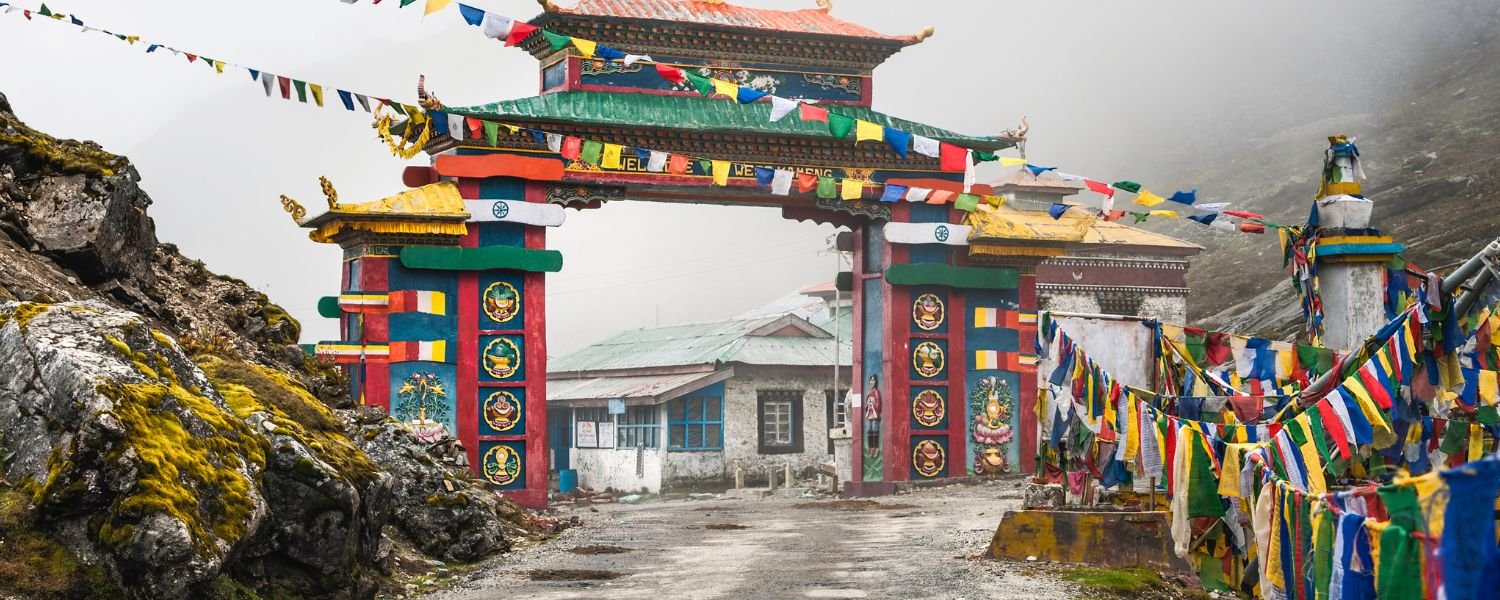
An outline of the Tawang Valley
Tawang Valley is a stunning town in the farthest region of Arunachal Pradesh, bounded to the north by Tibet and to the west by Bhutan. Tawang, which is well-known for its Buddhist culture and breathtaking Himalayan scenery, provides a peaceful window into the unadulterated splendour of Northeast India.
With its breathtaking monasteries, glistening lakes, and high-altitude passes, the valley boasts some of the most picturesque vistas in the area, drawing in both adventurers and nature lovers.
Reasons to Visit Tawang in 2025

It’s easy to understand why Tawang is becoming a more and more popular travel destination. It is unmatched in India for its distinctive fusion of Tibetan Buddhist culture, stunning snow-capped peaks, placid lakes, and serene landscapes.
The comparatively unspoiled landscape of the valley offers a genuine vacation experience that hasn’t been tainted by mass tourism yet.
Tawang is predicted to grow in popularity and accessibility in 2025, making it the ideal time of year to visit this Himalayan haven before it gets too crowded.
Tawang has great cultural and spiritual significance as well. The valley, which is the birthplace of the sixth Dalai Lama, is home to a number of monasteries, each with its own history and stunning architecture.
Together with the Indo-China border, the magnificent Bumla Pass, and numerous tranquil glacial lakes, Tawang offers a unique experience that combines adventure, culture, and nature.
Who Must Go to Tawang?
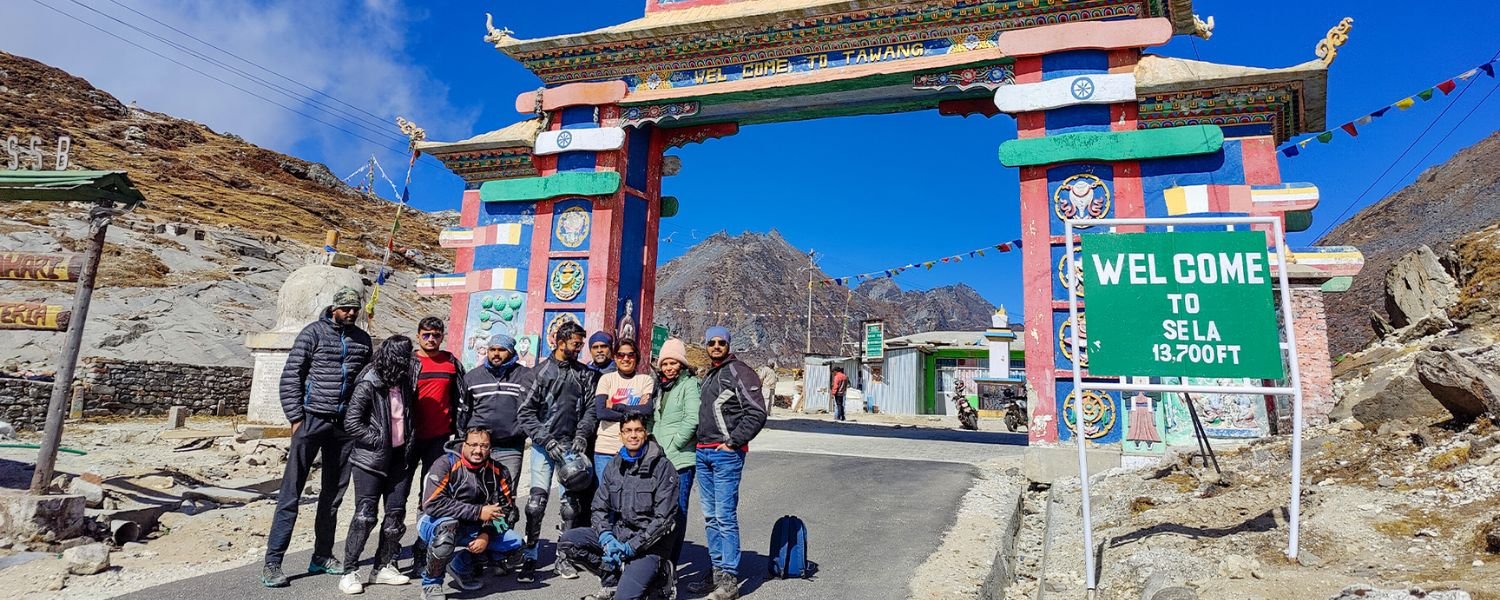
Tawang Valley is the ideal location for a range of tourists:
Seekers of Adventure: Tawang provides exhilarating outdoor experiences, such as trekking to Bumla Pass, camping by Madhuri Lake, or exploring the untamed landscape of Sela Pass.
Nature Addicts: Tawang is a great place for people looking for peace amid the splendour of nature because of its charming landscapes, serene lakes, and snow-capped peaks.
Spiritual Travellers: Tawang’s Tibetan Buddhist culture, monasteries, and calm surroundings offer the ideal environment for meditation and introspection for those looking for spiritual comfort.
Offbeat Travellers: Tawang is a refuge for tourists seeking to experience genuine Northeast India away from the crowds because of its isolated location and low level of mass tourism.
How to Reach Tawang Valley
Despite its isolation, Tawang is reachable by road, train, and aeroplane. Everything you need to know to get to this delightful valley is right here.
By Air: The closest airport
Tawang’s closest major airport is located about 435 kilometres away in Guwahati, Assam. From there, you will need to continue your journey by road. Alternatively, there are limited flight options available at the smaller airport in Tezpur, Assam.
After that, you can explore more airport options in Arunachal Pradesh depending on your route and travel plans.
By Train: The Closest Train Stations
The closest train station to Tawang is in Tezpur, if you would rather take the train. The remainder of your trip to Tawang can then be completed by bus or taxi.
You should carefully check routes, as Tezpur does not have the same train connectivity as Guwahati.
By Road: The Beautiful Trip
From Guwahati, the most popular way to reach Tawang is by car, which takes 14–16 hours. After passing through the picturesque towns of Bomdila and Dirang in Arunachal Pradesh, you will cross the high Sela Pass to arrive in Tawang.
Despite being well-maintained, this route can be challenging due to its steep terrain and winding roads.
From Tezpur: The trip via Bomdila, Dirang, and Sela Pass takes 7-8 hours if you’re travelling from Tezpur.
Manali Route (Seasonal): From May to October, you can drive to Tawang from Manali via the picturesque Sela Pass. However, due to the heavy snowfall in winter, this route is only open seasonally.
Options for Transportation
You can take an Arunachal Pradesh State bus, a private taxi, or a shared taxi to get to Tawang after arriving in Guwahati or Tezpur.
Private taxis provide greater comfort and flexibility than state buses, which are less expensive but slower.
Required Permits
If you are an Indian national, you are required to obtain an Inner Line Permit (ILP) to enter the Tawang region. If you are a foreign national, you must hold a Protected Area Permit (PAP).
All visitors entering Arunachal Pradesh must have the ILP, which can be obtained online at the eILP Arunachal website or from authorised Guwahati agents.
The Ideal Time to See Tawang Valley
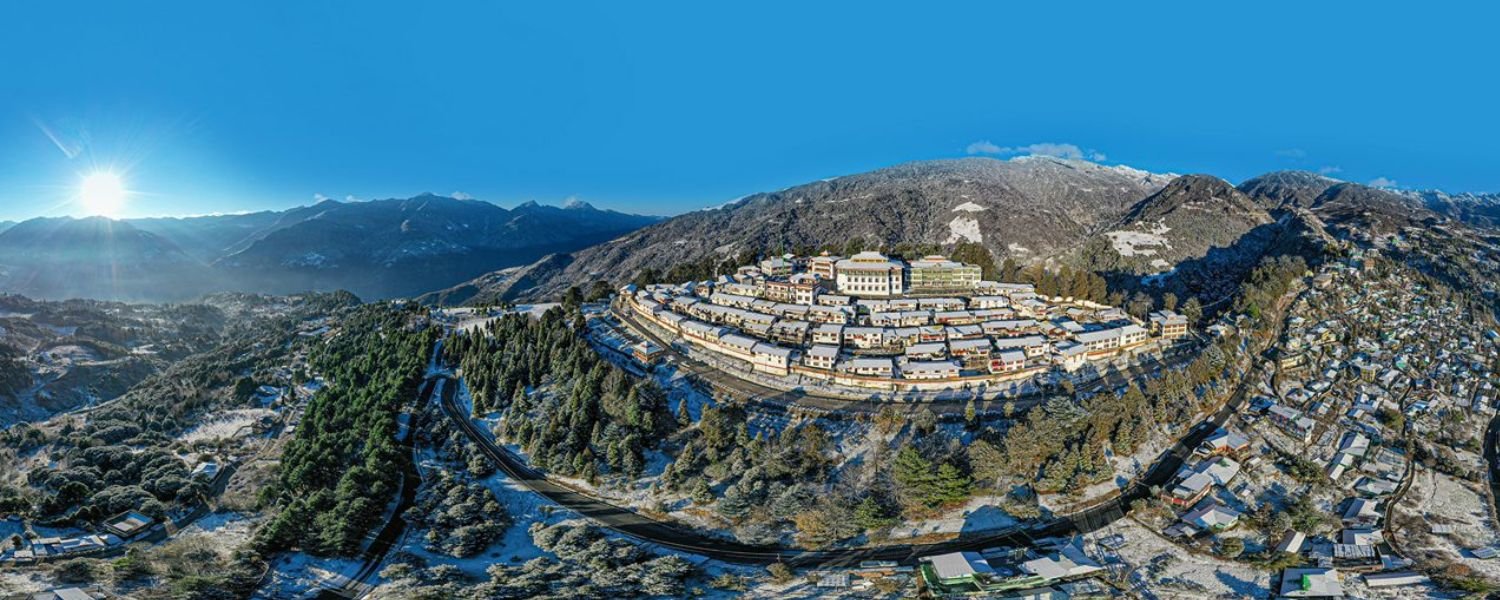
March–May: Rhododendrons and Mild Weather
One of the best seasons to visit Tawang is in the spring, when the valley is alive with rhododendron blossoms, adding to the already vibrant scenery. It is ideal for trekking and sightseeing due to its pleasant, mild weather.
Monsoon Season (June–September): Potential for Landslides
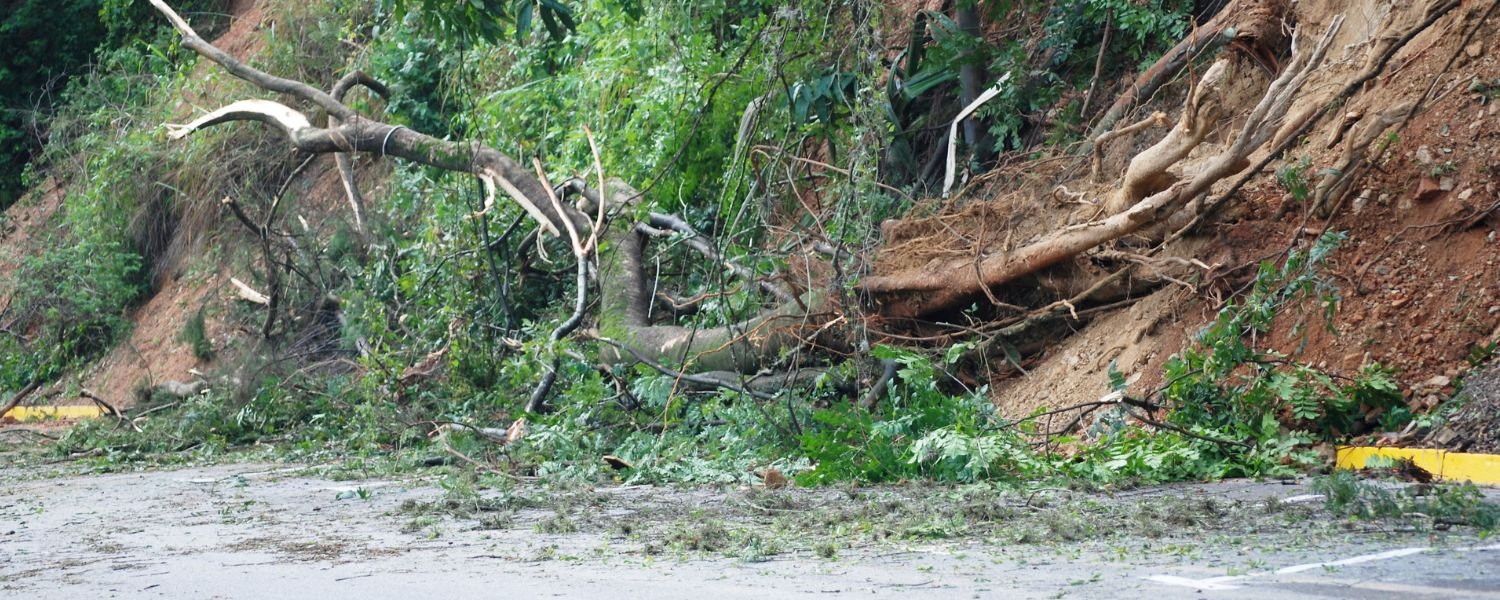
Even though Tawang is stunning in the monsoon, if you’re not a fan of rainy weather, you should stay away from visiting during this time of year.
Heavy rainfall in the area can cause landslides and make driving challenging, particularly near mountain passes.
Autumn (October to November): Snow-capped peaks and clear skies
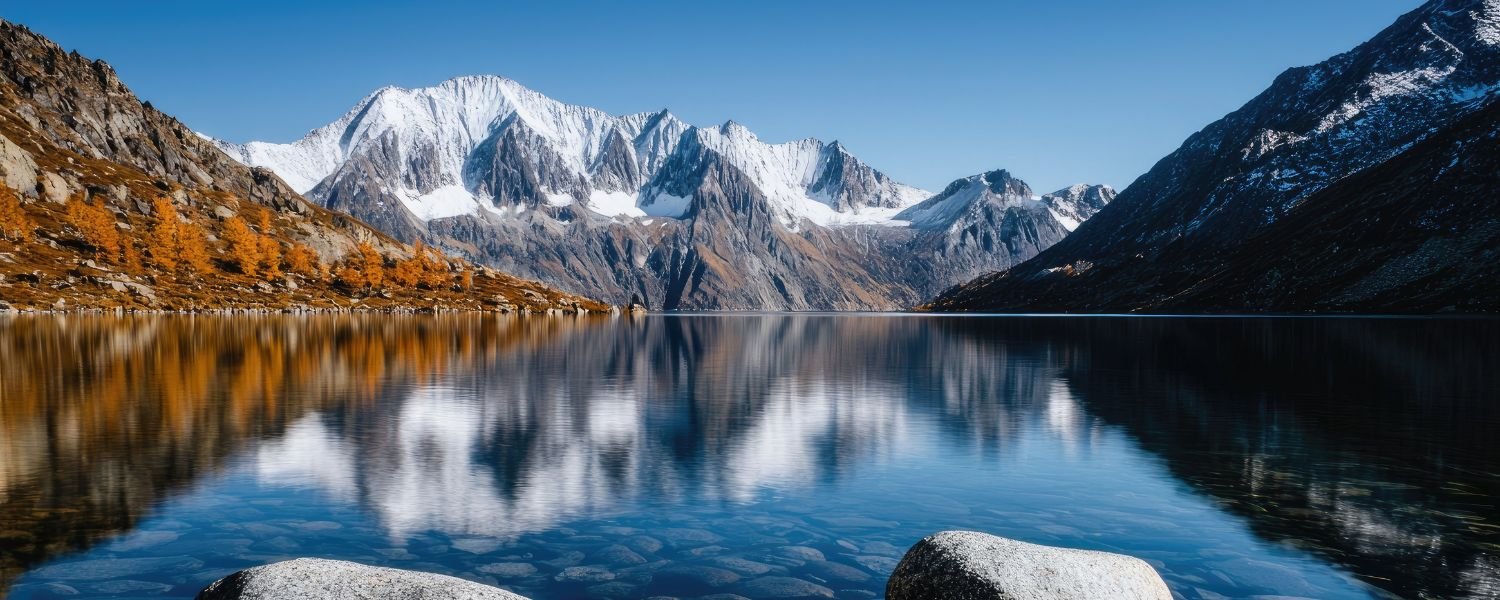
The best time of year to visit Tawang is in the autumn. Clear, crisp skies make for perfect outdoor conditions.
It’s ideal for trekking and photography as the snow-capped peaks begin to emerge.
Winter Wonderland, December–February
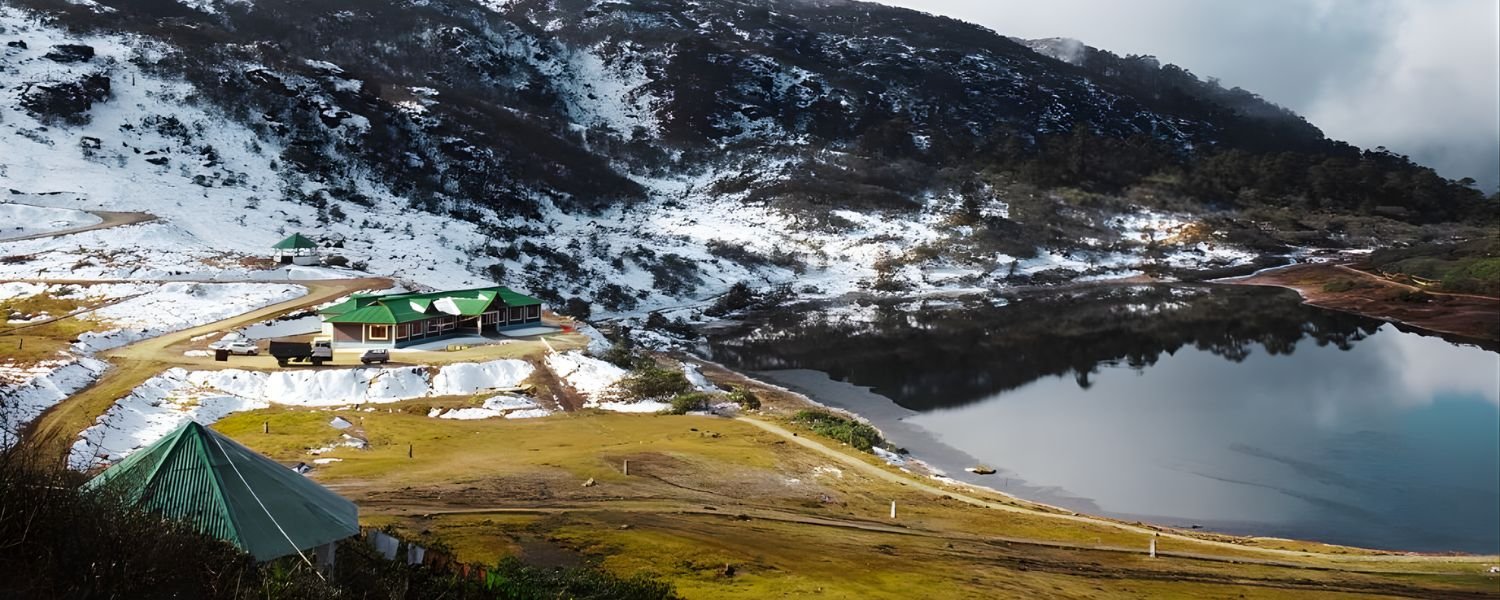
Tawang is a snow-covered paradise in the winter, perfect for those who enjoy the snow. However, due to the high temperatures that can fall well below freezing and the amount of snow that blocks many roads, this is also the most challenging time of year to visit.
Tawang offers a genuinely magical winter experience if you’re willing to brave the cold.
The Best Tawang Valley Attractions
The largest Buddhist monastery in India and the second largest in the world, the Tawang Monastery, must be visited during any trip to Tawang.
Constructed in the seventeenth century, it provides stunning views of the Tawang Valley and serves as a centre of spirituality for Tibetan Buddhists.
A museum containing Buddhist artefacts, old texts, and a magnificent 28-foot Buddha statue is also located within the monastery.
Sela Pass

One of the highest mountain passes in India, Sela Pass rises 13,700 feet and provides breathtaking views of the surrounding peaks. Due to its frequent snowfall, the pass is a favourite location for photographers and an exciting experience for those seeking adventure.
The Jaswant Garh War Memorial

Dedicated to Rifleman Jaswant Singh Rawat, who fought valiantly in the 1962 Indo-China War, is the Jaswant Garh War Memorial. The memorial serves as a powerful reminder of the wartime sacrifices made by the Indian army.
Tso Lake, P.T.

About 17 kilometres away from Tawang is the tranquil glacial lake known as P.T. Tso Lake, or Pangateng Tso. The lake’s serene setting, encircled by snow-capped mountains, makes it the ideal location for peaceful reflection and photography.
The Madhuri Lake

Madhuri Lake, also known as Shungetsar Lake, is named for Bollywood actress Madhuri Dixit, who filmed a scene here for the film Koyla.
It offers a captivating view of turquoise waters encircled by rocky peaks. It is among the most photographed spots in Tawang.
Tiger’s Nest, also known as Taktsang Monastery, is a cliffside monastery that provides sweeping views of the valley from its elevated location.
This monastery is well-known for both its spiritual significance and its advantageous location, which provides a unique viewpoint of the surrounding area.
Zemithang

Zemithang is a peaceful village close to the border with Bhutan. For those who want to see more of Tawang than just its main attractions, it provides a tranquil, unusual experience. The village is perfect for hiking and exploration because it is surrounded by unspoilt nature.
Activities in Tawang Valley Trekking
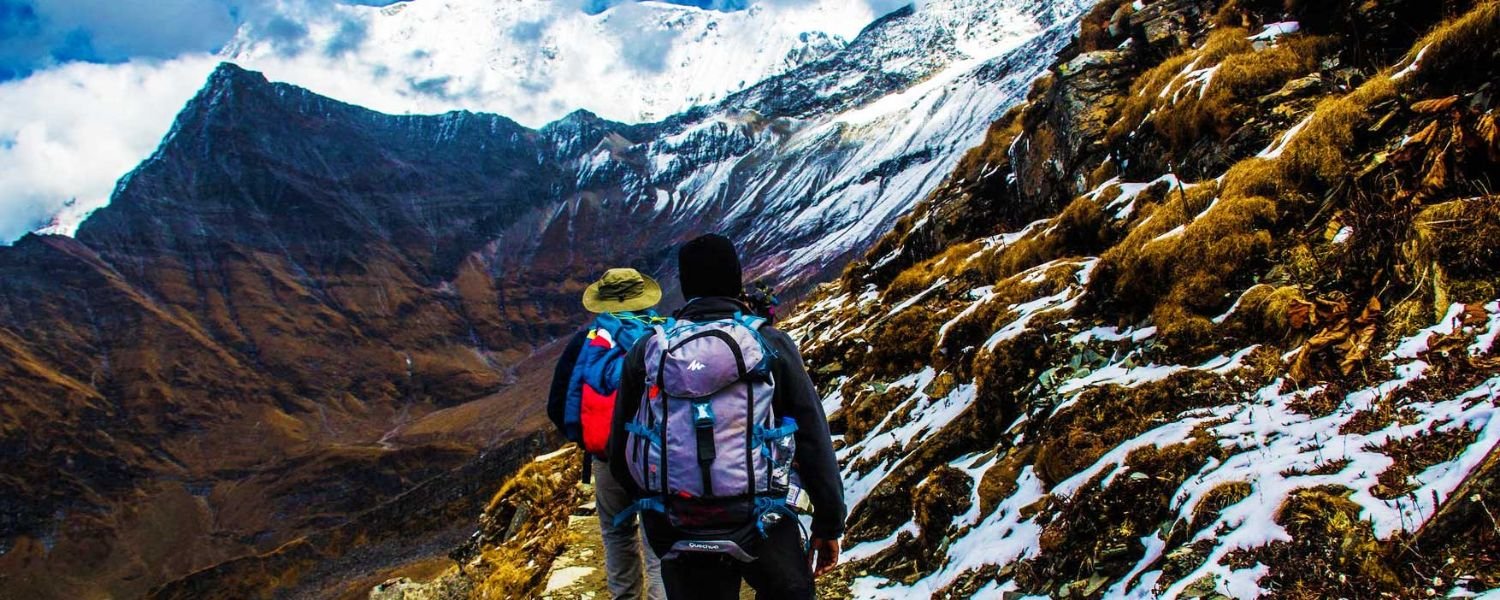
The Tawang Valley is a haven for hikers. Several trekking routes surround Sela Pass, Tawang Monastery, and Bumla Pass. These hikes give you the chance to take in the serene surroundings and discover the untamed splendour of the Himalayas.
Camping
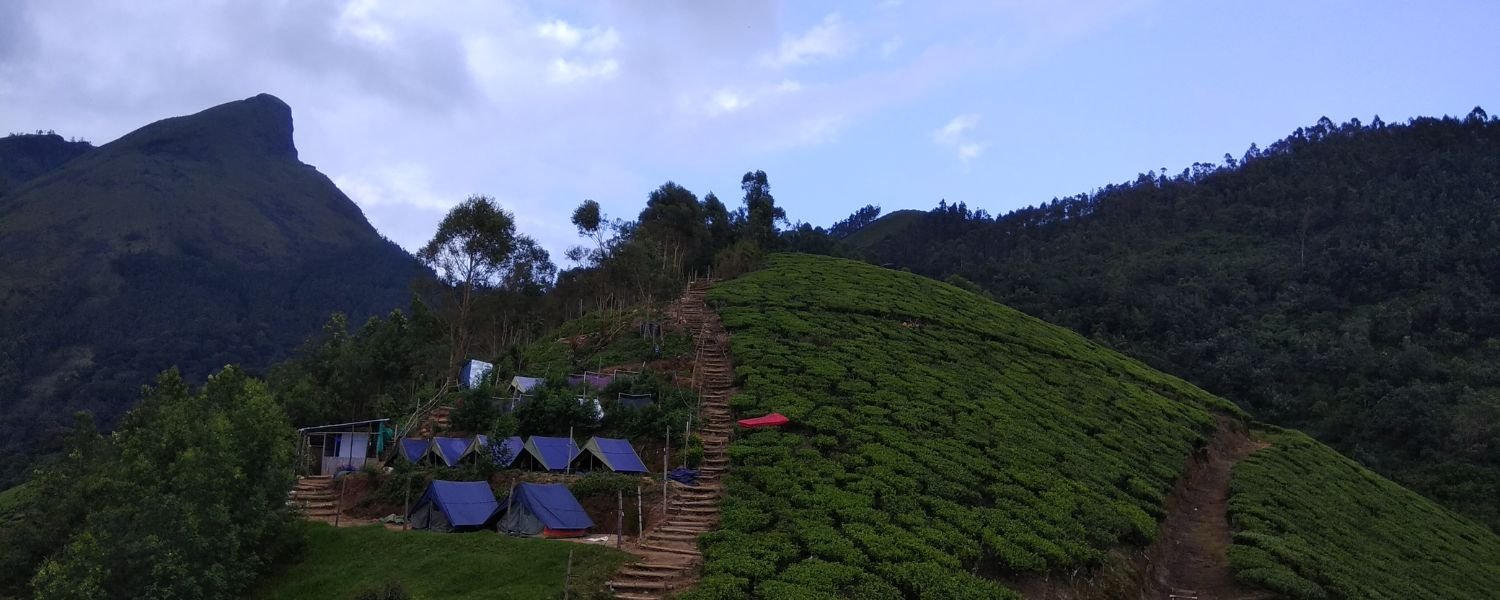
Set up your tent at Madhuri Lake or P.T. Tso Lake for a distinctive experience. Under the stars, you can enjoy Tawang’s unspoiled natural beauty by camping in these peaceful areas.
Photographs

Tawang offers numerous photography opportunities. The area is a photographer’s paradise, whether they are photographing the snow-capped peaks, the alpine lakes, or the vibrant monasteries.
Investigating Cultures
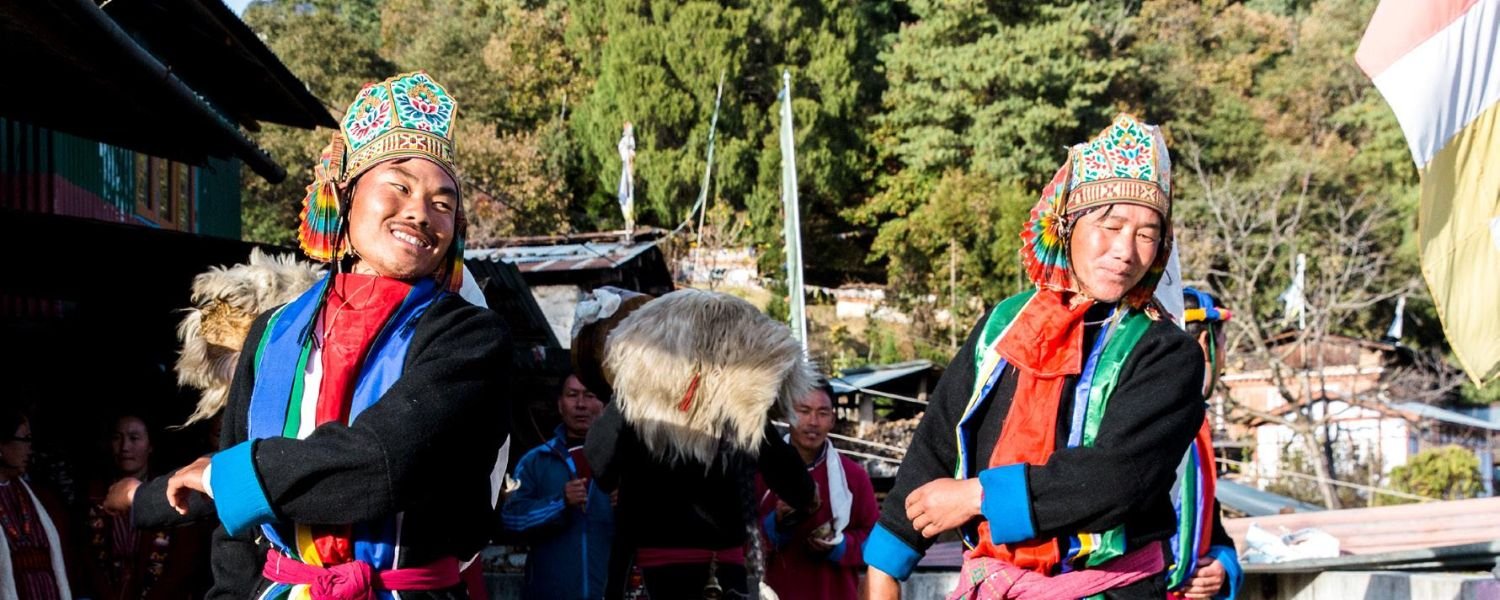
Discover the vibrant culture of the nearby Monpa tribes by touring their monasteries. If you’re fortunate, you can attend one of the Tawang Festivals, which highlight the region’s rich customs and celebrations.
Sports on Snow
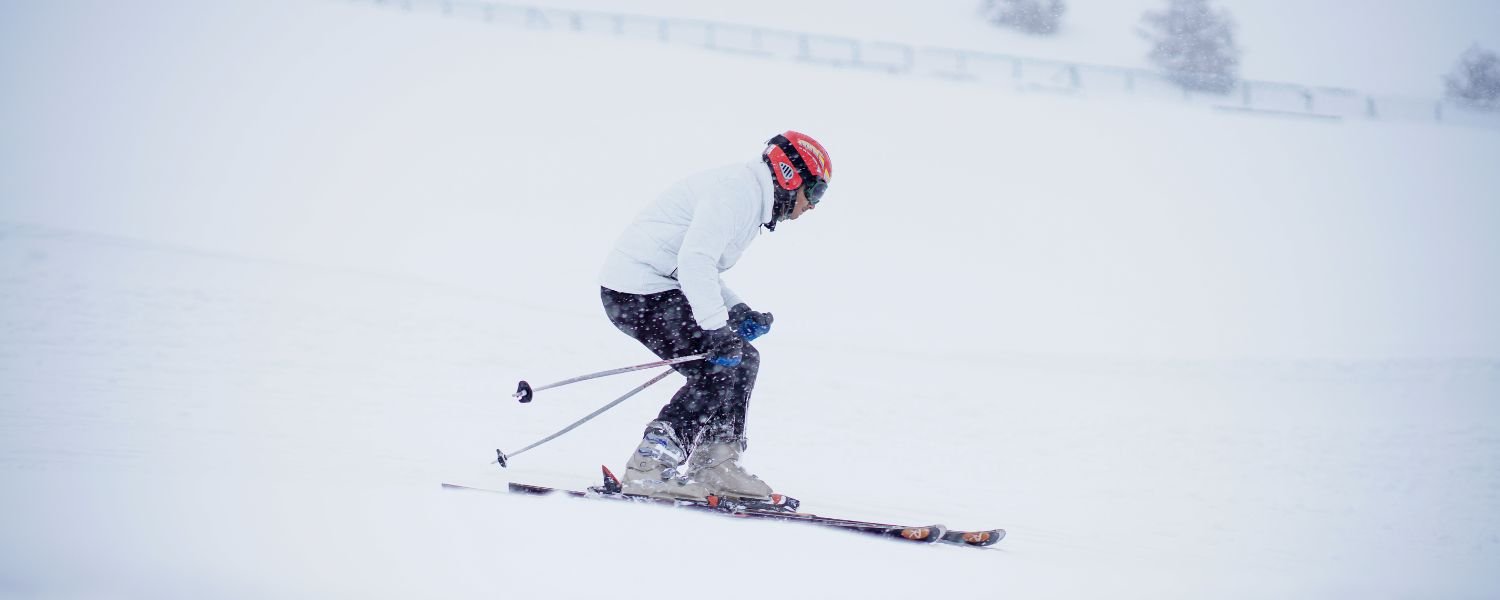
In the winter, Sela Pass and its surrounding areas are popular destinations for winter sports, including skiing, snowball fights, and snow trekking. A range of snow sports is available as the valley is transformed into a winter wonderland.
Places to Stay in Tawang:
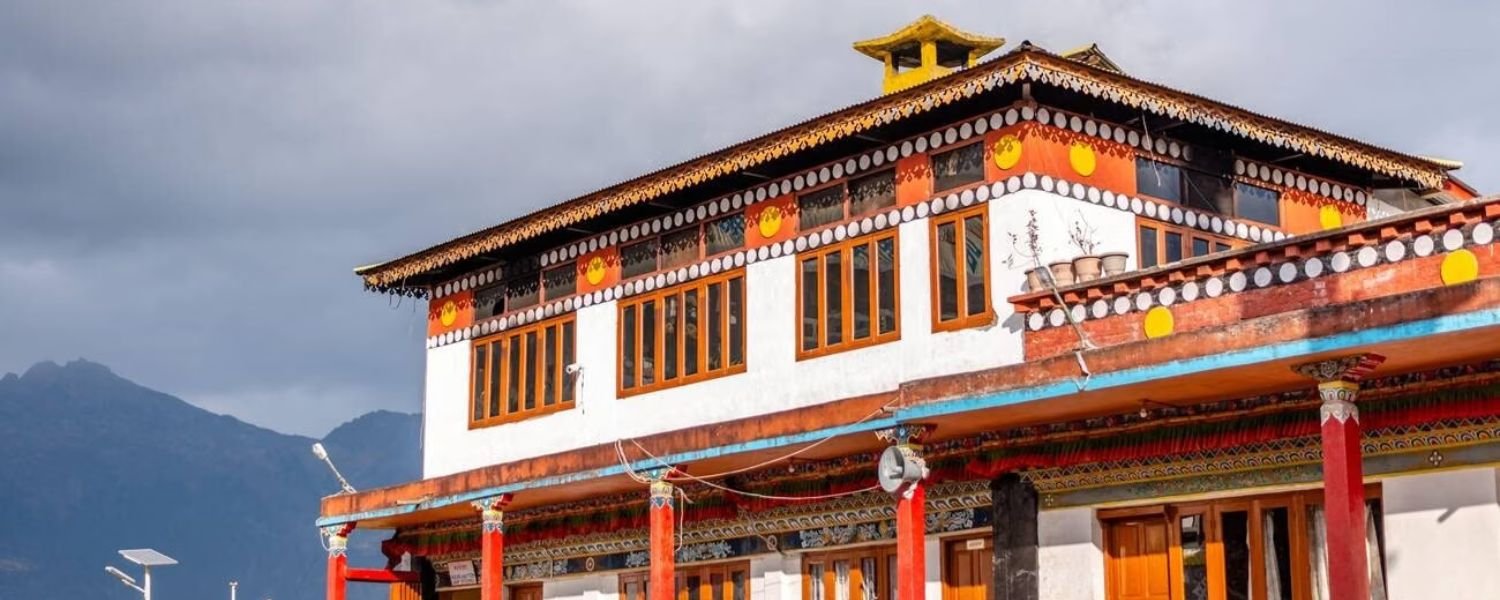
Hotels and Guesthouses: Tawang provides a variety of lodging choices to suit a range of tastes and price ranges. You can find a place that meets your needs, whether you’re searching for a luxurious retreat or a comfortable guesthouse.
Mid-range Accommodations: Tawang offers basic yet cosy guesthouses. They provide basic facilities like clean rooms, hot water, and heating.
Tawang Heights and Zambhala Hotel are well-liked choices. For those who prefer a simple stay while touring the valley, they are ideal. Typically, rooms cost between ₹1,000 and ₹3,000 per night.
Luxury Stays: A few upscale hotels in Tawang provide breathtaking views of the valley and contemporary amenities for those seeking greater comfort and modern conveniences.
With room rates ranging from ₹3,000 to ₹5,000 per night, properties like Dewa Elegance and Monyul Residency offer a blend of luxury and natural beauty.
Monastery Stays: Some Tawang monasteries provide guest rooms for a more meditative and immersive experience.
You can experience the tranquillity of the area and get up close and personal with Buddhist culture by staying at these monasteries.
It is an unforgettable experience to wake up to the sound of prayer bells and be encircled by the serene ambience of monks.
Homestays: Consider spending time with local families in neighbouring villages for a genuinely authentic experience.
For those who want to experience local culture, learn about Monpa life, and eat home-cooked meals, Dolma Khangsar Guesthouse and Tawang Homestay are excellent choices.
Tawang’s Food and Cuisine:
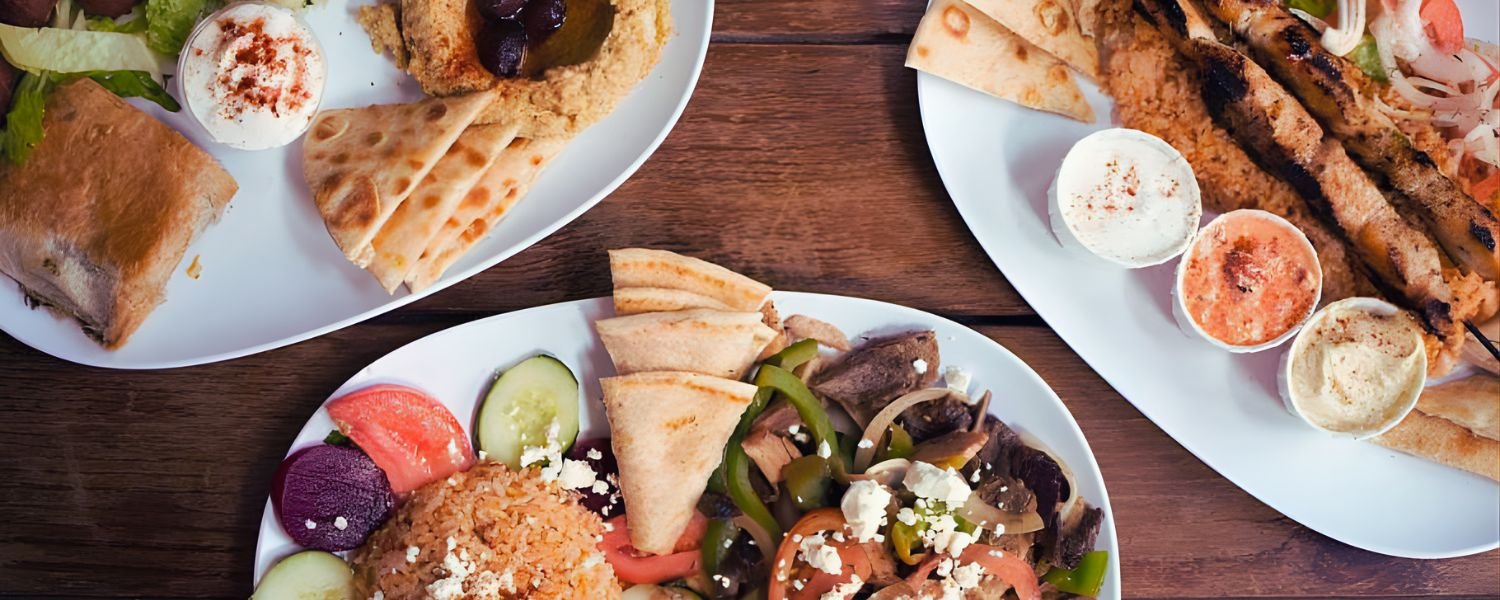
Tawang’s cuisine reflects the blending of Monpa and Tibetan cultures, offering hearty, comforting food that is ideal for the chilly Himalayan climate. It’s a great place to experience the Authentic cuisines of Arunachal Pradesh, rich in flavor and tradition.
Monpa Food
Zan: The Monpa people’s staple food is zan, a thick porridge made from rice flour. It is a satisfying meal that is frequently served with vegetables and a dollop of ghee.
Thukpa: This comforting noodle soup is widely available throughout Tawang. After a strenuous day of hiking or sightseeing, this dish is ideal.
The majority of restaurants in the Tawang area serve momos, which are Tibetan-style dumplings filled with either meat or vegetables.
The Influence of Tibet
Butter Tea and Chang are must-tries when visiting Tawang. Yak butter, tea, and salt are the ingredients of butter tea, a traditional Tibetan beverage.
It is intended to keep you warm during the region’s frigid temperatures. Another popular beverage in the area is Chang, a fermented barley beverage that is frequently drunk at religious and social gatherings.
Where to Eat: A range of regional Tibetan and Assamese cuisine is available at The Dragon and Sno-Yak.
In the centre of Tawang town, Dharma Coffee House and Northeast Flavours are excellent places to get a warm beverage or a snack.
Additionally, well-liked for their substantial meals and relaxed ambience are Woodland and GTK Kitchen.
Tawang Valley Travel Budget
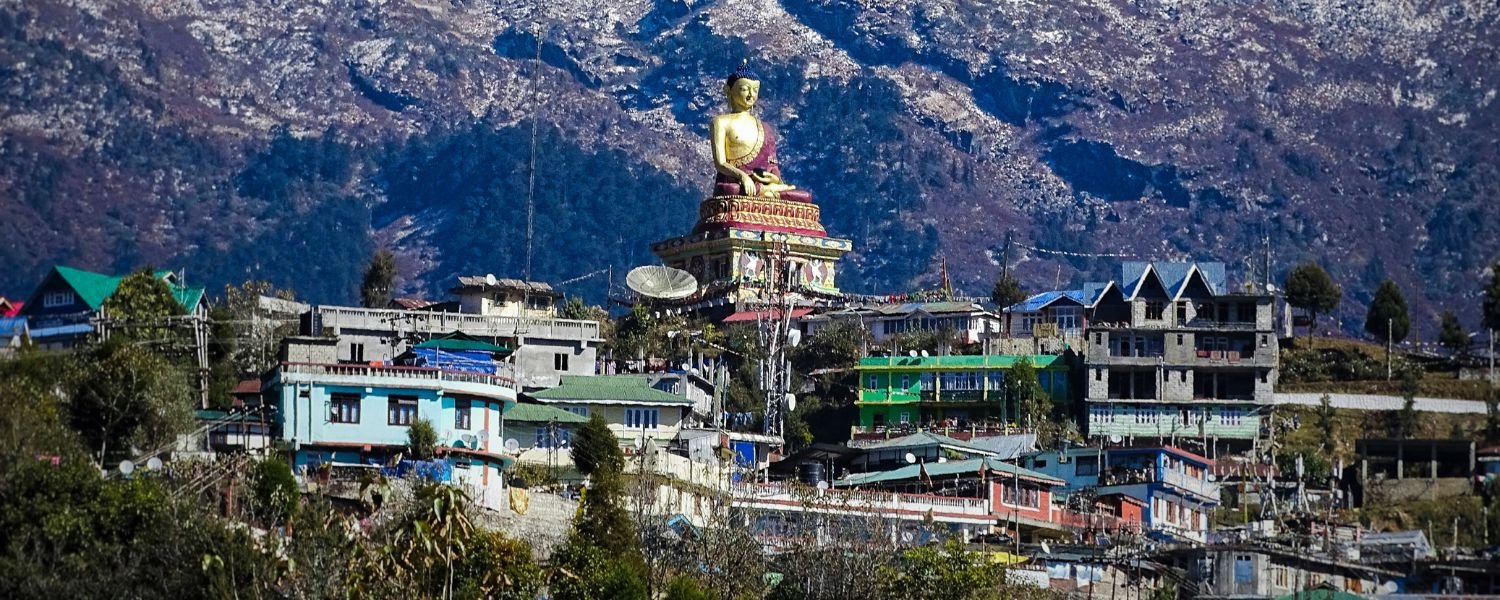
Tawang offers a range of travel experiences, from more affordable to upscale. Below is a summary of the usual expenses:
Transport
Shared taxis: These taxis cost between ₹500 and ₹1000 per person. For shorter trips within the valley or to neighbouring attractions, these taxis are available.
Private Taxis: For a one-way trip, you can rent a private taxi if you value comfort and flexibility. Depending on your departure location and the type of vehicle, rates for a one-way trip typically range from ₹ 6,000 to ₹10,000.
Accommodation
Budget Accommodations: Guesthouses and low-cost hotels start at ₹1000 per night. These are perfect for a straightforward, tidy place to unwind after a day of exploring.
Mid-range Hotels: For cosy accommodations with contemporary conveniences, budget between ₹3,000 and ₹5,000 per night.
Food
Depending on where you eat, local meals can range in price from ₹100 to ₹300. Street food is reasonably priced and satisfying, particularly momos and thukpa.
The entire estimated budget
You should budget between ₹15,000 and ₹30,000 for a trip lasting five to seven days. Your travel preferences, lodging selections, and activities will all affect your costs.
Tawang Valley Packing List
Tawang’s high elevation and erratic weather make it crucial to pack sensibly. The following is a list of essentials for your trip:
Warm Clothes
Tawang experiences sharp temperature drops, particularly at night, even during the summer. Bring gloves, a high-quality woollen scarf, jackets, and thermal clothing.
Sunscreen and sunglasses
Protect your eyes with sunglasses and your skin with sunscreen, as the sun can be powerful in the mountains.
Medicines: Bring a first aid kit, altitude sickness medication, and any personal medications you may require. Ensure you have everything you might need in the event of a medical emergency.
A Power Bank
Bring a power bank to keep your gadgets charged, as electricity can be spotty in isolated areas, especially if you plan to use your phone for photography or navigation.
For the lengthy trips between towns and attractions, stock up on snacks. Nuts, dried fruits, and energy bars are ideal for travelling.
Bring copies of your ID proof and your Inner Line Permit (ILP) or Protected Area Permit (PAP), if you are a foreign national.
Crucial Travel Advice
Altitude Sickness in Tawang Valley
Tawang is 10,000 feet above sea level, so acclimatisation is necessary to prevent altitude sickness. To give your body time to acclimate to the elevation, consider spending a day at Bomdila or Dirang before travelling to Tawang.
The King is Cash
Tawang has very few ATMs, and it’s always safer to carry enough cash for your entire trip. Make sure to bring cash from Guwahati or exchange money beforehand.
Conditions of the Roads
Although Tawang’s roads are usually well-maintained, during the monsoon season, they can become hazardous. Landslides are frequent during this time, so always check the road conditions before you go.
Observe regional customs
Tawang is a very religious area. Dress modestly and show respect when you visit monasteries. Be mindful of your actions, as this is a place of worship and peace.
Environmental Travel
Since Tawang is a pristine location, it’s crucial to leave no evidence of your presence. Carry reusable bottles and bags to reduce your environmental impact and avoid plastic.
Frequently Asked Questions
1. Is it safe to travel alone in Tawang?
Yes, travelling alone is generally safe in Tawang. It’s a tranquil area with welcoming and friendly locals. However, it’s always a good idea to be cautious, especially in isolated areas.
2. How many days will be sufficient to explore Tawang?
Tawang’s main attractions are best explored in a 5-day trip. If you would like to visit more unusual places, such as Zemithang and Madhuri Lake, you can prolong your stay.
3. Is a permit required to enter Tawang?
Yes, to enter Tawang, you will require an Inner Line Permit (ILP). A Protected Area Permit (PAP) is also required for foreign nationals.
4. Is Tawang reachable during the winter months?
Tawang is reachable in the winter, although snow can make the roads difficult. Winter is a wonderful season to visit if you like snow activities and don’t mind the cold.
5. How far is it from Tawang to Guwahati?
By road, the 435-kilometre journey from Guwahati to Tawang takes 14–16 hours.
In conclusion, embrace Tawang’s magic
Whether you’re looking for adventure, spiritual tranquilly, or just to take in the beauty of nature, Tawang Valley has something to offer everyone.
Every area of this isolated Himalayan sanctuary, from the famous Tawang Monastery to the tranquil Madhuri Lake, has a unique story to tell.
Thus, gather your belongings, arrange your permits, and embark on an adventure to discover this undiscovered treasure of Arunachal Pradesh.
Tawang’s stunning vistas, meditative atmosphere, and distinct cultural charm are waiting for you. Choose 2025 as the year to visit one of India’s most captivating areas.
